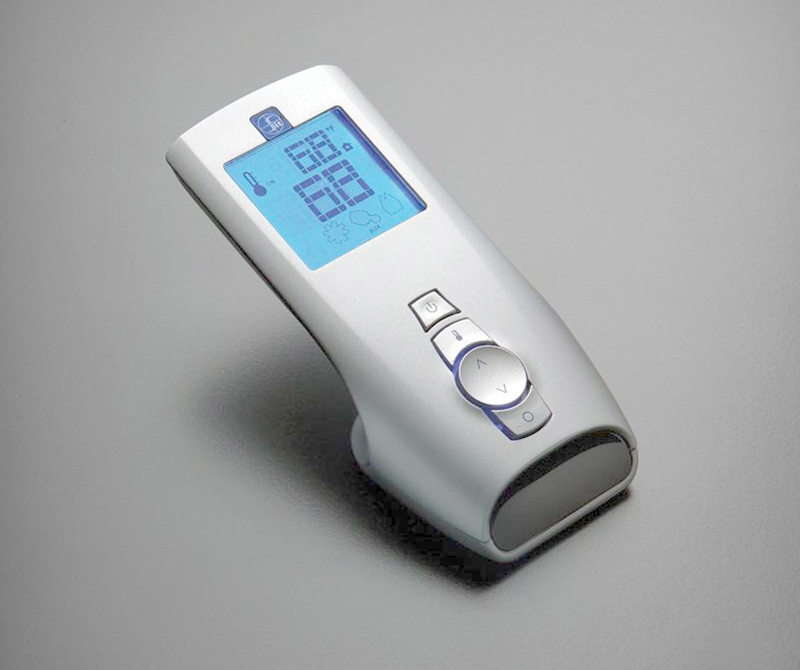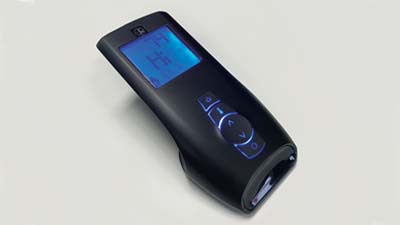Whether you use a Remote Control system or a Wall Switch to operate your Regency Electronic Ignition appliance, it is possible that on colder or damp days your electronic ignition will require multiple attempts before successfully igniting. This is perfectly normal, and not a defect. Fireplaces need to generate a natural draft to function properly. When colder, heavier air is in the venting system, this can smother the pilot light causing the pilot light to extinguish before it can light the main burner. It may take a couple of lighting attempts for the pilot light to generate enough heat within the unit to establish the required airflow and remain lit. It is important to note this effect is completely environmental and normal.
How do you know if you are experiencing a cold start?
If you are attempting to light your appliance and the pilot light was off, it is cold outside, and the pilot light is extinguished one or more times, you are probably experiencing a cold start. Too many attempts without successful ignition may cause the unit to enter ‘Lock-Out’ mode. Again, this is not a defect but a safety feature and characteristic of cold start-ups. In some instances, while the pilot first lights you may hear the igniter continue to spark until the system locks out. If Lock-out happens you will be unable to ignite your appliance until you manually reset the system. Again, the lock out is an additional safety feature preventing the system from too many lighting attempt without letting any build-up of gas dissipate. Resetting the system is very easy.
Click here to learn how.
SureFire Switch
To help with minimizing Lock-out and Cold Start-ups we have designed the SureFire™ switch and included it in most models. The SureFire™ switch transitions the pilot light from Intermittent Pilot Ignition (IPI) to Continuous Pilot Ignition (CPI) mode. IPI mode means that the pilot light will light and extinguish each time the unit is used, the ignition system will first ignite the pilot light before opening the gas valve to the main burner and igniting the fireplace. A benefit of IPI mode is that it is more cost effective, efficient and environmentally friendly. In CPI mode the pilot light remains lit between uses, helping keep the air around the pilot light warm and maintaining proper airflow, minimizing cold-start-ups and potential lock-outs.
Switching to CPI Mode
If you are experiencing cold start-up and/or lock-outs, you can help this by changing the SureFire™ switch into CPI mode during these colder and damp times of the year.
Proflame I System

If your unit came equipped with a grey remote (Proflame I system) your SureFire™ switch is located on the unit; located below the glass door, and either on the bottom right, left, or center – depending on your unit. The switch is a small silver toggle style switch.
Find your SureFire™ switch based on your model.
NOTE: The system is equipped with a CPI/IPI toggle switch:
- Set the CPI/IPI switch to CPI position (switch closed) to enable remote CPI/IPI operation.
- Set the CPI/IPI switch to IPI position (switch open) to disable remote CPI/IPI operation. The system will now work in IPI mode only regardless of the selection on the remote control hand set.
More videos
Proflame II System

If your unit came equipped with a black remote (Proflame II system) your SureFire™ switch is actually a setting on the remote itself.
Continuous Pilot/Intermittent Pilot (CPI/IPI) selection
With the system in "OFF" position press the Mode Key to index to the CPI mode icon. Pressing the Up Arrow Key will activate the Continuous Pilot Ignition mode (CPI). Pressing the Down Arrow Key will return to IPI. A single “beep” will confirm the reception of the command. For more information see
Proflame II Users Guide.
Changing your unit to run in CPI mode will keep your pilot light lit and having this small amount of heat generated will ensure the required draft is maintained within the unit. This should remove the need for continued attempts to ignite the appliance on colder or damp days. During the cold season it is normal and can be advantageous to keep this in CPI mode during these times.
How to Take the Electronic Ignition System out of Lock-out Mode
- If using a Remote Control to start your stove, you can simply use the ‘On/Off’ button on your handheld to turn the unit to ‘Off,’ wait two or three seconds and turn it back to ‘On.’ This will take it from lockout to operational. Alternatively, you can turn the manual switch on the remote control receiver from the Remote position, through the ‘On’ and ‘Off’ positions, hold in the ‘Off’ position for two or three seconds, returning it again to Remote to take it out of this mode, allowing you to use your remote control again for ignition.
- If you use a Wall Switch or Remote Control Receiver only (without the remote control), you simply turn the ‘On/Off’ switch from ‘On’ to ‘Off,’ wait two or three seconds and return the switch to ‘On.’ This will start your ignition process again.